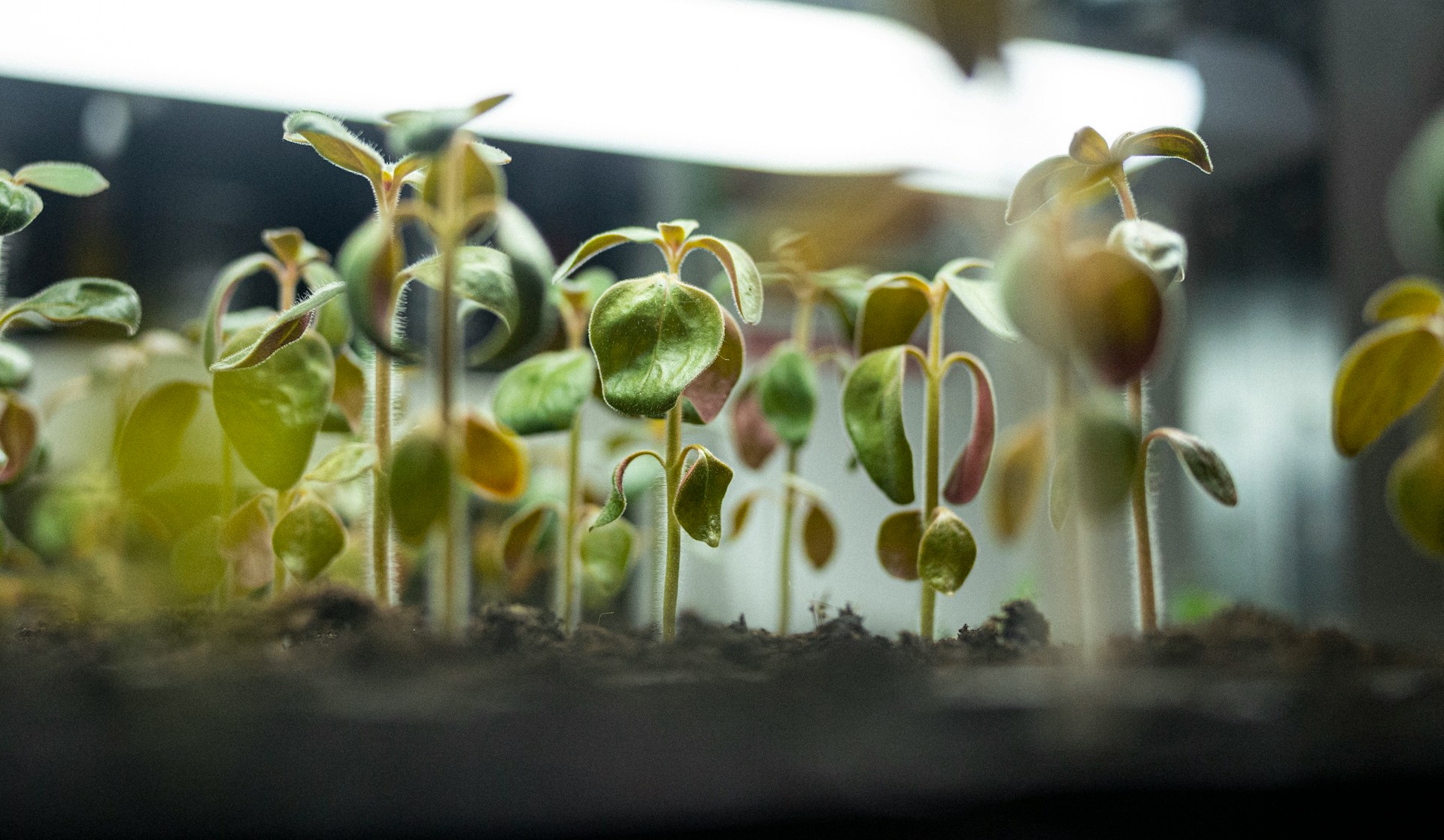
When Mother Nature designed seeds, she didn’t package them in plastic. In our quest to emulate her wisdom, many gardeners and market farmers are turning to soil blocking—a simple yet revolutionary way to start seeds that echoes the earth’s nurturing touch.
So, what’s all the dirt about? Soil blocking involves pressing a moistened mix of soil and compost into dense cubes that hold their shape—picture tiny, square chocolate truffles, but instead of a delicious centre, each holds the promise of life in the form of a seed.
Here’s why these little cubes of potential are becoming a big deal in the green thumbs community:
- Roots That Hug the Earth, Not Plastic Traditional plastic seed trays can cause roots to become pot-bound, circling the confines of their containers with nowhere else to go. Soil blocks, however, encourage roots to “air-prune.” As roots reach the edges, they stop growing outward and focus on becoming more fibrous—a natural signal it’s time to grow up, not just around. The result? Robust, hearty plants ready to take on the real world of the garden bed without the sulk commonly associated with transplanting.
- Transplant Shock? More Like Transplant Rock Speaking of transplanting, it’s the teenage angst phase of plant life—awkward and a bit jarring. Soil blocks ease this transition. Since plants are never dislodged from a container, their roots remain blissfully unaware of the move from tray to soil. They keep growing, unfettered, mitigating that pesky transplant shock.
- A Lean, Green, Seed-Starting Machine Efficiency isn’t limited to machines in a factory. Soil blockers make use of every square inch available, eliminating dead space between plants. This means more sprouts in less square footage—a gardener’s dream when starting a multitude of seeds in a confined area.
- Out of the Landfill and Into the Land Plastic pots are the disposable diapers of the plant world—used briefly and then off to the landfill to sit for an eternity. Soil blocks sidestep this environmental faux pas, utilizing a reusable soil blocker tool and creating a waste-free seed-starting environment. The earthworms would nod in agreement if they could.
- Moisture Control at Your Fingertips Soil blocks hold moisture like a sponge and make it clear when they need a drink—the tops turn light brown, a telltale sign of thirst. This visual cue helps avoid overwatering, which is a leading cause of damping-off and other seedling sorrows.
In essence, soil blocking plants the seed (quite literally) for a greener, more efficient, and nurturing start to plant life. While the method might require a bit of practice and patience to perfect, the payoff is undeniable—a blooming garden that’s a reflection of sustainable cultivation at its best.
